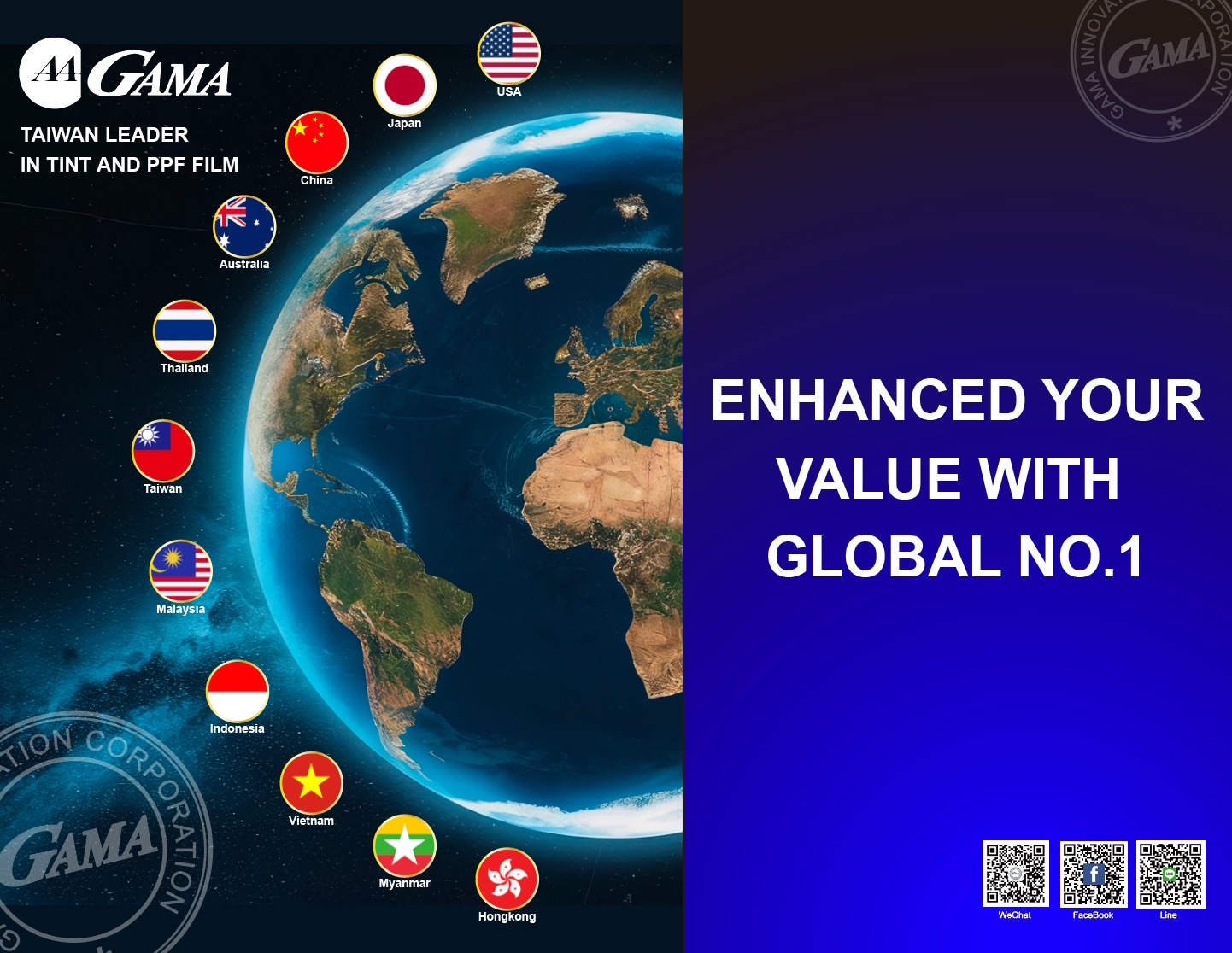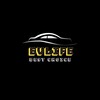- Admin
- May 29, 2024
- Buying Guides
- Read: Small Medium Large
2023-2024 Taiwan’s latest electric vehicle charging specifications cheat sheet: 6 electric vehicle charging connector specifications you must know before hitting the road
As electric vehicles (EVs) become increasingly popular, charging technology is becoming more crucial. Different charging standards cater to various markets and technical requirements. In Taiwan, several charging standards are in use. Let's explore them:
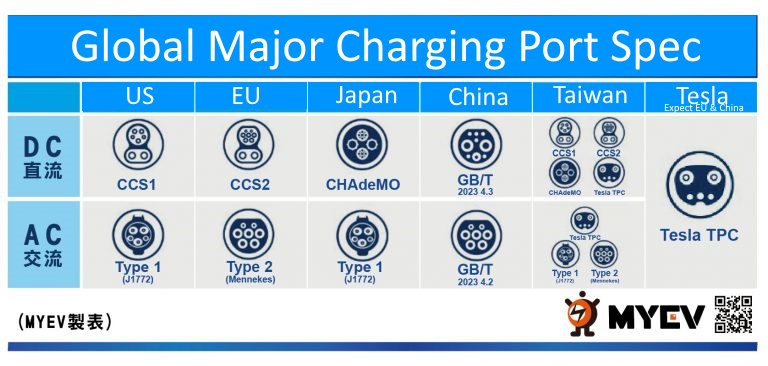
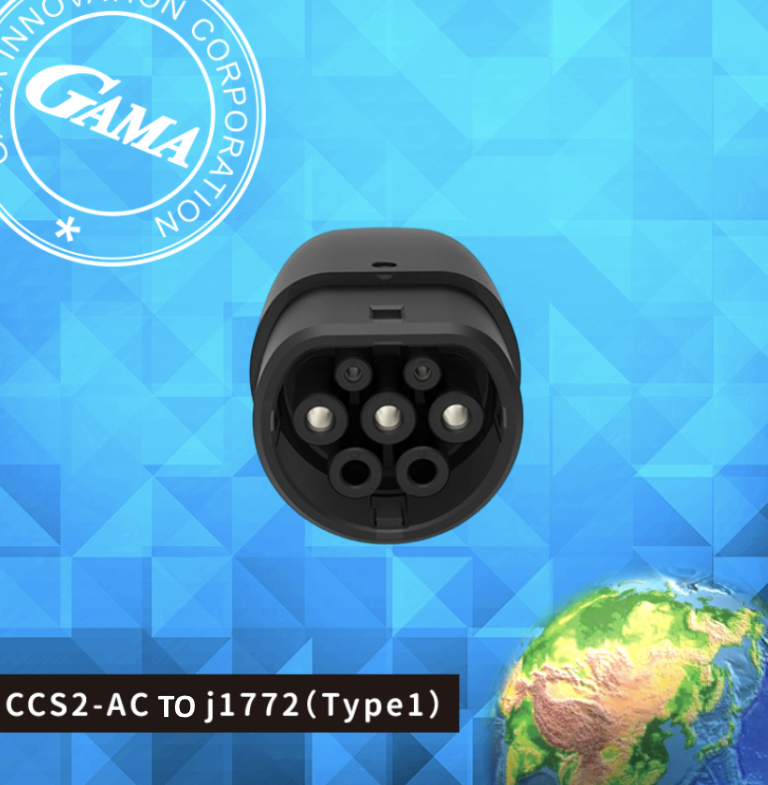
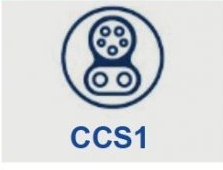
1. J1772 and CCS1 (Combined Charging System 1):
- J1772, also known as Type 1, is a standard developed by the Society of Automotive Engineers (SAE) primarily for AC charging in North America. It is widely used for most EVs and plug-in hybrid electric vehicles (PHEVs). J1772 connectors are designed for low to medium AC charging power and are commonly found at home and public charging stations.
- CCS1 (Combo 1) is the primary charging standard used in the North American market. It combines the Type 1 (J1772) connector for AC charging with two additional DC charging pins, allowing for fast charging. CCS1 enables vehicles to charge both AC and DC on the same socket, enhancing flexibility and convenience.
- Maximum power: Up to 350 kW.
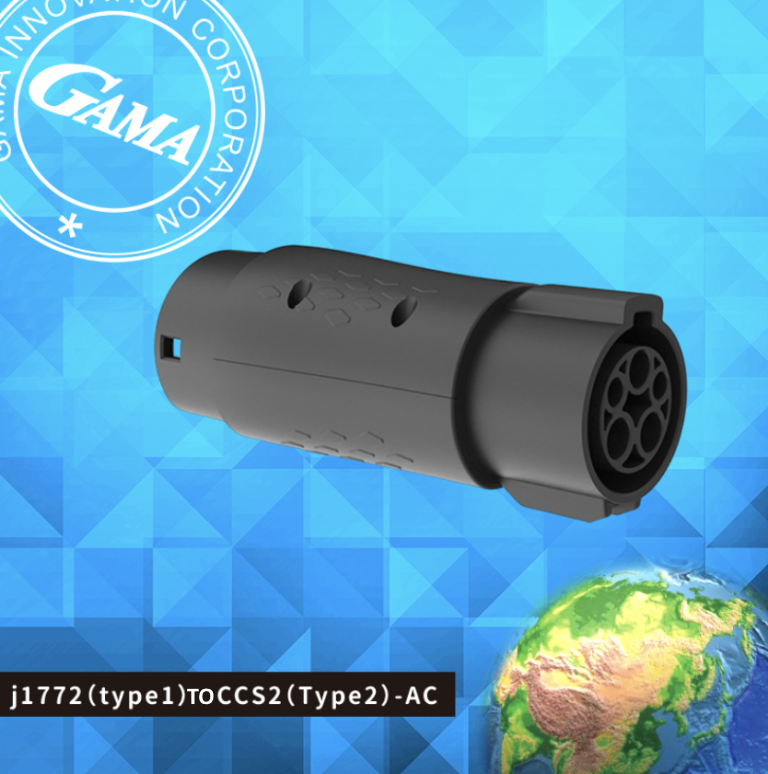
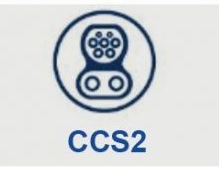
2. CCS2 (Combined Charging System 2):
- CCS2, also known as Combo 2, is used in Europe and other markets. It is based on the Type 2 connector and offers both AC and DC charging capabilities. CCS2's design advantage lies in its higher current-carrying capacity, making it suitable for high-power charging needs in Europe.
- Maximum power: Up to 350 kW.
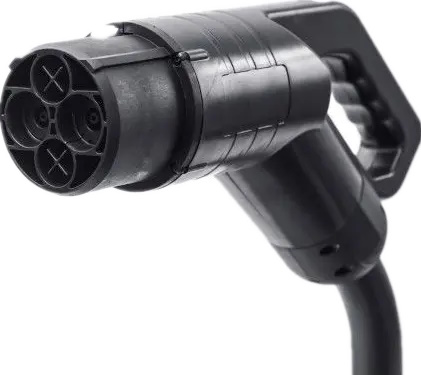

3. CHAdeMO:
- CHAdeMO is an early DC fast-charging standard developed by Japanese EV manufacturers. It is widely used in Japan and China. While it predates CCS1 and CCS2, CHAdeMO chargers provide stable and efficient fast charging and were among the first to be installed globally.
- However, as CCS2 has become the preferred global standard and Tesla's NACS (North American Charging Standard) has gained traction, CHAdeMO's influence has waned outside Japan and China.
- Maximum power: Currently standardized at 62.5 kW, with the latest version supporting up to 400 kW.
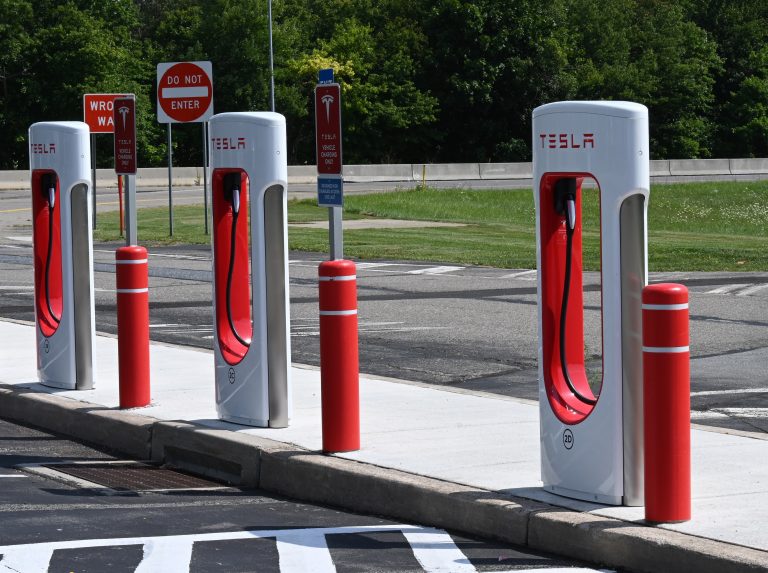
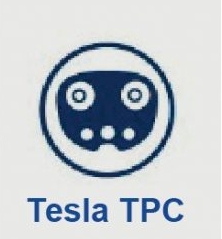
4. NACS (Tesla Proprietary Connector):
- NACS, also known as the North American Charging Standard, is the latest charging standard for electric vehicles in North America. It aims to provide a more efficient and convenient charging experience.
- Originally called TPC (Tesla Proprietary Connector), NACS was designed by Tesla itself to overcome limitations of existing charging standards, offering faster charging speeds and better compatibility.
- Since being opened up for use by third-party automakers, NACS has gradually become a mainstream charging standard in North America.
- Maximum power: Currently up to 350 kW.
In summary, each charging standard has its advantages and adapts to different market and technical needs. CCS1 and CCS2 are becoming global standards due to their versatility and high power, while CHAdeMO and NACS provide stable and efficient charging solutions in their respective domains. Taiwan currently uses all the mentioned types, so EV owners should research charging options along their routes to ensure they can charge conveniently. If a compatible charging standard is not available, adapters are often available to address this issue.
These charging standards serve different purposes and cater to various regions and vehicle types. While CCS1 and CCS2 are becoming global standards due to their versatility and high power, CHAdeMO and NACS provide stable and efficient charging solutions in their respective domains. Taiwan currently uses all the mentioned types, so EV owners should research charging options along their routes to ensure they can charge conveniently. If a compatible charging standard is not available, adapters are often available to address this issue. Stay informed about the latest developments in EV charging infrastructure as the industry continues to evolve!
